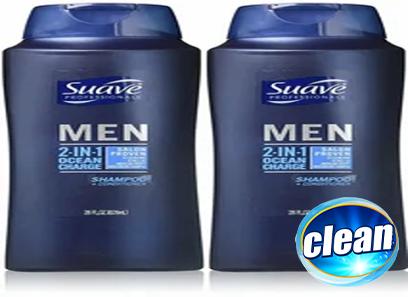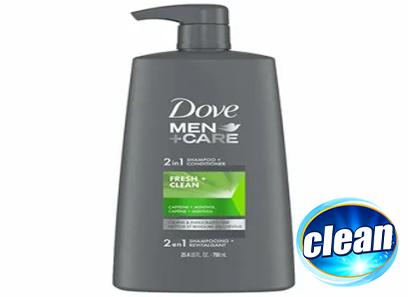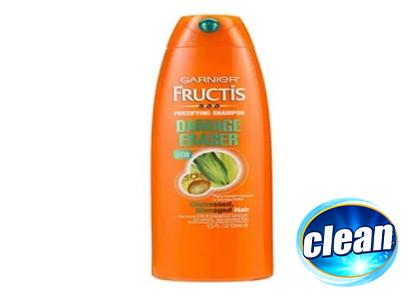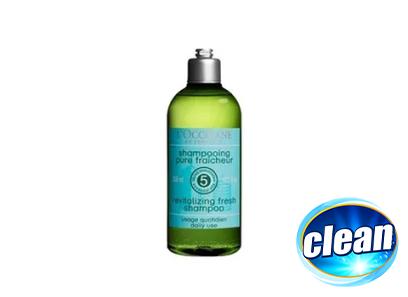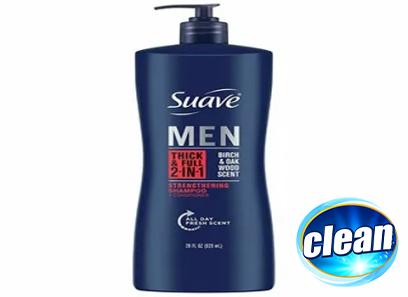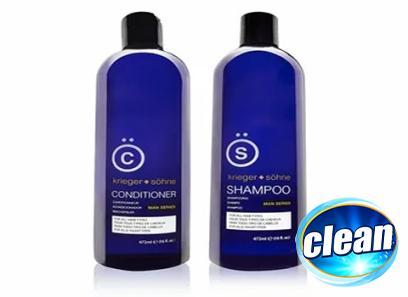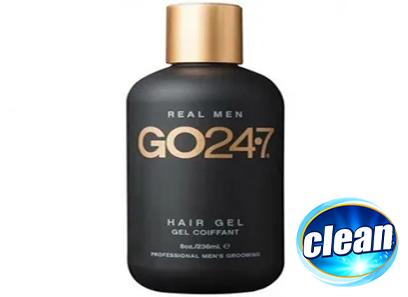Hand wash liquid has become an essential part of our daily hygiene routine, especially in the wake of the COVID-19 pandemic. The demand for this product has surged, leading to variations in pricing across different brands and types of hand wash liquids. In this article, we will explore the various factors that influence hand wash liquid prices, helping consumers make informed decisions when purchasing these products.
1. Brand Reputation and Quality:
One of the primary factors affecting hand wash liquid prices is the reputation of the brand and the perceived quality of the product. Established brands that have built a reputation for producing high-quality hand wash liquids often come with a higher price tag. Such brands invest in research and development, ensuring their products are effective in killing germs and gentle on the skin. While these brands may be more expensive, consumers often trust them due to their consistent performance and positive reviews.
2. Ingredients and Formulation:
The ingredients used in hand wash liquid play a significant role in determining its price. Certain ingredients, like natural extracts or essential oils, can drive up the cost of production. These ingredients may offer additional benefits, such as moisturizing properties or a pleasant scent. Hand wash liquids formulated with special additives or superior antibacterial agents may also be priced higher due to their enhanced germ-killing capabilities.
3. Packaging and Presentation:
Hand wash liquid packaging and presentation can also influence its price. Brands that invest in visually appealing, ergonomic bottles with easy-to-use dispensers may charge more for their products. Additionally, sustainable packaging made from recycled materials could contribute to higher prices, as it aligns with environmentally conscious consumer preferences.

4. Volume or Quantity:
The quantity of hand wash liquid included in a package also affects its price. Larger bottles or bulk-sized quantities typically offer a lower price per ounce compared to smaller, travel-sized options. While the upfront cost may be higher for larger volumes, they often provide better value for money in the long run.
5. Market Competition and Demand:
Market competition and demand have a significant impact on hand wash liquid prices. When the demand for a particular brand or type of hand wash liquid is high, prices tend to increase. Conversely, during periods of low demand or intense competition, brands may adjust their prices to attract customers. It is essential for consumers to compare prices and take advantage of promotions or discounts to find the best deal without compromising on quality.
6. Manufacturing and Distribution Costs:
The costs associated with manufacturing and distribution also influence hand wash liquid prices. Factors such as labor, raw materials, shipping, and packaging production expenses can all contribute to the overall cost of the product. Manufacturers must balance these costs with the pricing strategy that aligns with their target market and profitability goals.
Conclusion:
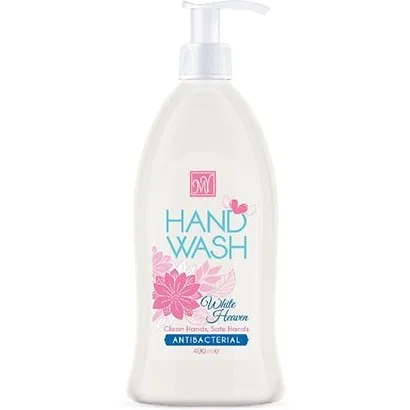
The price of hand wash liquid is influenced by various factors, including brand reputation, ingredients, packaging, product quantity, market competition, and manufacturing costs. Understanding these factors can help consumers make informed decisions when purchasing hand wash liquids while considering their budget and hygiene needs. By comparing options and weighing the balance between quality and price, consumers can ensure they are getting the best value for their money without compromising their hygiene or safety.
